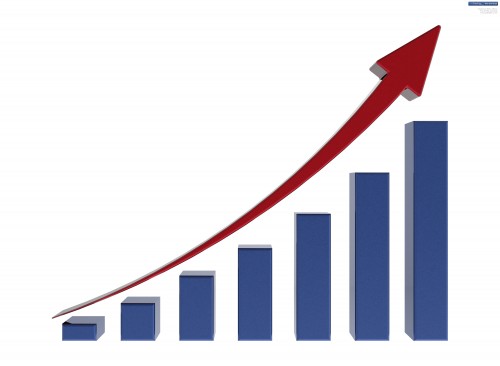Tips For The Young Musician Vol. 14
by Stephan Hume
Nothing compares to seeing young bands write their own songs. They realize that music creation is truly something we can all do. When a band plays a song they wrote together for the first time, it is truly magical. If you think you may want to start playing music you write with others, you will need to know how to make a song chart. Here are some questions to ask yourself:
What is a chart?
A chart is like a road map. Everyone in the band is driving the same car at the same time. It’s probably a good idea to have a map so everyone is going to the same place. A decent chart helps you communicate the length of the song, the order of each part, and any other information necessary; including lyrics, chords, rhythms, etc. If you are unsure of what sort of chart you should be making, consult the Internet or your music instructor.
Are the blind leading the blind?
Playing a song you wrote for the rest of your band can be extremely rewarding. Just have a chart so the rest of the band can join in or at least have a reference. If you have ever had someone sit down with a guitar and say, “Uh…it goes something like this, but I am not really sure,” you probably don’t feel confident that you can follow along. However, even your loose song ideas are communicated way better when you can hand others a map in writing of where the song is going when you bring it to others. A charting band is a happy band.
Are you collaborating?
There are some rare circumstances where a band is hired by a singer/songwriter to play parts exactly a certain way. This is cool, but it is not writing. Above all, it is not collaboration. When more than one person has their hands in the creation of something, they are collaborating. If you are writing a song with at least one other person, you need to start by making charts right away. Will the song change over time? This is very likely. But your chart is there so you can make edits.
Do you have a super memory?
If you are lucky enough to play with the same group for several years, you will likely amass quite a bit of material to play. What happens when you want to go back and play “an oldie but a goodie?” What could possibly help you remember the framework of that song? That’s right, you guessed it: the handy dandy chart you made. Bust that chart out and smile with confidence. You did yourself a very nice favor by making it.
Category: The Future






